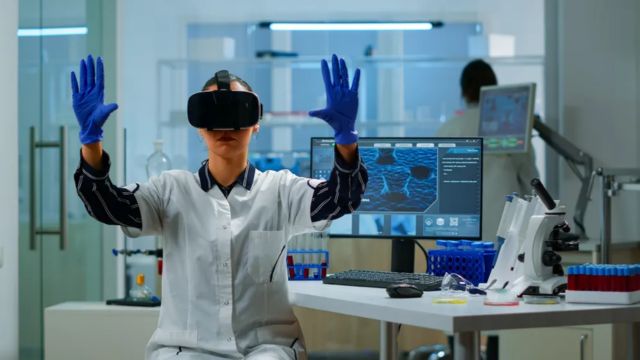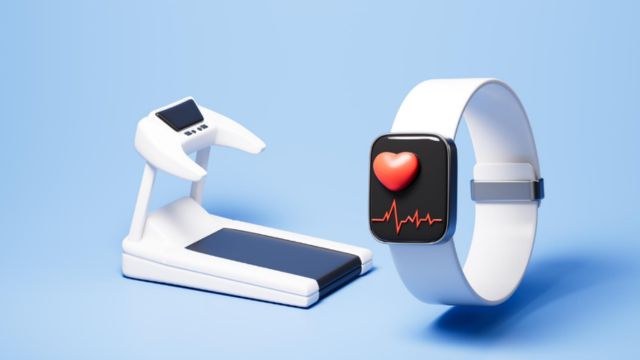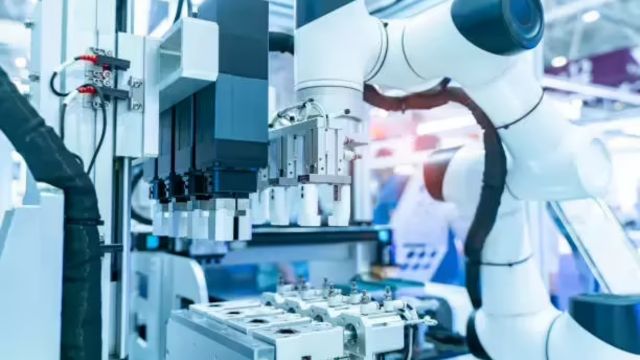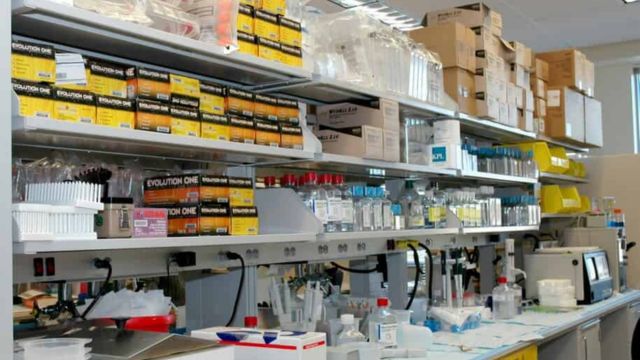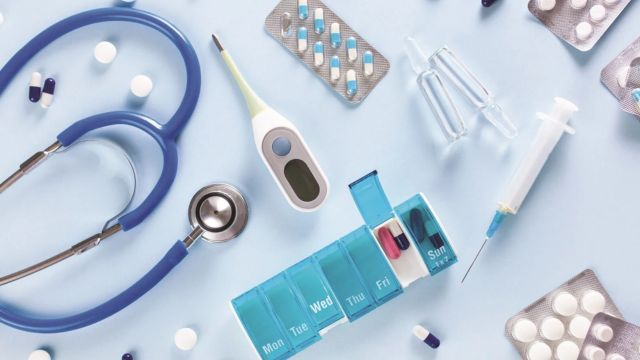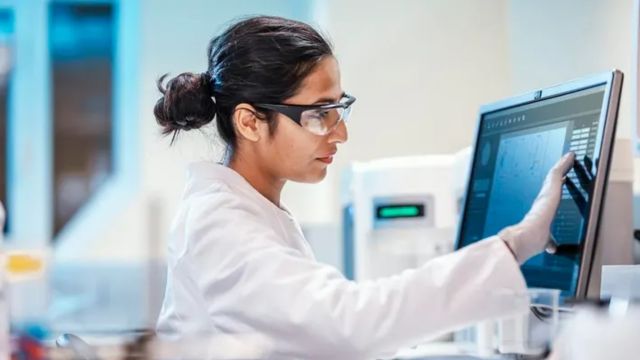Clinical engineers are very important in the fast-changing world of healthcare because they make sure that medical equipment is not only cutting-edge but also focused on the patient. The goal of patient-centered design is to make medical devices and systems that improve the patient’s experience, safety, and overall health. Clinical engineers are important for the future of patient care because they combine their knowledge of engineering and healthcare to come up with new ideas and designs.
What Clinical Engineers Do to Make Patient-Centered Design Happen
Clinical engineers use engineering principles in healthcare settings to connect medicine and technology. Over the years, their job has changed from just fixing equipment to designing medical equipment that better meets the needs of patients. When they design medical devices, they think about things like usability, accessibility, comfort, and safety to make sure that patients have better outcomes.
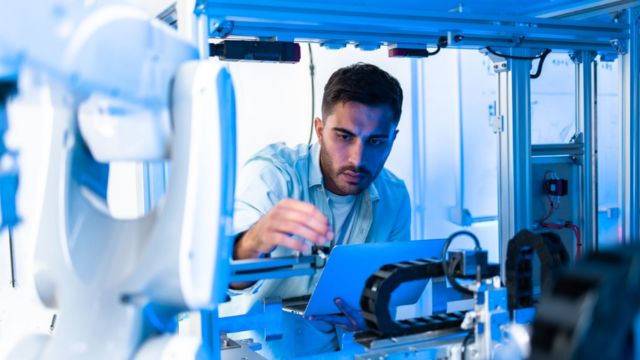
- Emphasizing User-Friendliness
User-friendliness is one of the most important parts of patient-centered design. Clinical engineers make sure that medical devices are easy to use for both patients and healthcare professionals. Engineers, for example, help design easy-to-use interfaces for people who use home healthcare devices like blood pressure monitors, glucose meters, and other personal medical devices. This makes things easier for patients and carers, which is very important for making sure they stick to their medical plans. - Ensuring Safety and Reliability
Clinical engineering is all about keeping patients safe. Engineers work on making equipment that is safe and dependable for patients. Clinical engineers help healthcare providers find possible problems with medical devices, such as machines that don’t work right or people who have bad reactions. They improve the designs by testing them thoroughly and getting feedback all the time. This makes sure that they meet safety standards and gives patients and healthcare workers peace of mind. - Customization for Individual Needs
Clinical engineers help make medical equipment that is tailored to the specific needs of each patient. Engineers, for instance, make prosthetic limbs that can be made to fit a person’s exact measurements and preferences. This individualized approach not only makes the device more comfortable and effective, but it also helps the patient’s mental health by giving them a sense of independence and dignity. - Incorporating Feedback into the Design Process
Clinical engineers are always getting feedback from patients, carers, and healthcare providers. This feedback loop lets them improve the design of medical devices so that they work better in real-world situations. Clinical engineers can learn more about the problems patients have and how to make medical equipment better to help with those problems by talking to them directly. - Innovative Technologies and Patient-Centered Devices
Technology is moving quickly, and clinical engineers are the first to use new, cutting-edge technologies that improve patient care. AI, machine learning, and wearable technology are changing the way patient-centered design works. For instance, clinical engineers are working on devices that let healthcare providers keep an eye on patients’ vital signs in real time. This way, they can be alerted to any problems before they become serious.
Clinical engineers are also helping to create telemedicine technologies that let doctors and patients talk to each other and keep an eye on each other from a distance. This is especially helpful for people with long-term conditions or who live in remote areas. These technologies put patient comfort and ease of access first, which makes healthcare more efficient and friendly for patients.
The Future of Patient-Centered Design
There will probably be even more teamwork between clinical engineers, healthcare providers, and patients in the future of patient-centered design. As healthcare changes, clinical engineers will need to meet the growing need for more personalised care while making sure that medical devices are long-lasting and work well. Smart technologies and patient-driven design will be very important in making new medical equipment that puts patient comfort, safety, and care first.
Conclusion
Clinical engineers are not only making medical technology better, but they are also making sure that the patient’s voice is heard during the design process. Their work is making medical devices easier to use, safer, and more effective, which in the end leads to better health outcomes. Clinical engineers are paving the way for a future where medical devices are not only cutting-edge but also easy to use and available to all patients by putting the needs of patients first in their designs.
At JandJsupplies, we are dedicated to offering dependable and cutting-edge solutions in the medical field. Stay up to date on the newest news, trends, and technological advances in clinical engineering and medical supplies. Check our site often for expert opinions and to learn how new medical technologies can change the way patients are cared for in the future.
Frequently Asked Questions (FAQs)
What is the role of clinical engineers in the medical field?
Clinical engineers play a key role in designing, testing, and maintaining medical equipment. They ensure that medical devices are safe, reliable, and user-friendly, which helps improve patient outcomes.
How do clinical engineers contribute to patient-centered design?
Clinical engineers contribute by making medical devices more intuitive, customizable, and safe, with a focus on patient comfort and well-being. They ensure that medical equipment is tailored to meet the specific needs of patients.
Why is patient-centered design important in medical equipment?
Patient-centered design ensures that medical devices are easy to use, safe, and accessible, leading to better adherence, comfort, and overall outcomes for patients.
What technologies are clinical engineers using to improve patient-centered design?
Clinical engineers use technologies such as AI, machine learning, wearable devices, and telemedicine platforms to create innovative, patient-friendly solutions that enhance healthcare delivery.
How can I stay updated on the latest trends in clinical engineering?
Follow industry news, subscribe to medical technology blogs, and visit trusted resources like JandJsupplies to stay informed about developments in clinical engineering and patient-centered design.

